Pompeii
Today, I am posting a portfolio of images taken during my first visit to the ancient city of Pompeii in Italy.
Pompeii, a Roman town from the 1st century AD. has achieved fame
worldwide as a consequence of being buried under layers of lava
pebbles, three types of pumice, and various types of ash in all
about4m/12 ft in depth due to a massive explosion of nearby Mount Vesuvius at around midday on October 24th, AD79. This entombed
about 2000 people in the town with countless thousands of others dying
in the surrounding countryside. This was the most catastrophic natural
disaster ever recorded in European history.
After the explosion, the town was forgotten until rediscovered in the
18th century. In 1860 the Italian government appointed a professional
archaeologist to oversee excavations which are still in process today.
To sum up the horrific deaths to thousands of the town's occupants
caused by searing heat and suffocation is offset by the unique window
this event has provided into a snapshot in time of a provincial town
during the 'golden' era of the Roman Empire.
The nearby towns of Herculaneum and Stabiae suffered similar fates to that of Pompeii.
Pompeii is a popular visitor destination and is situated about 35km S.E. of Naples in southern Italy. Nearby is Mount Vesuvius, the still-active volcano that destroyed Pompeii.

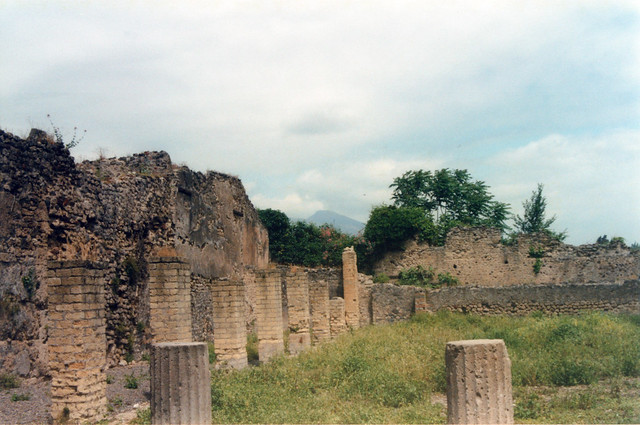

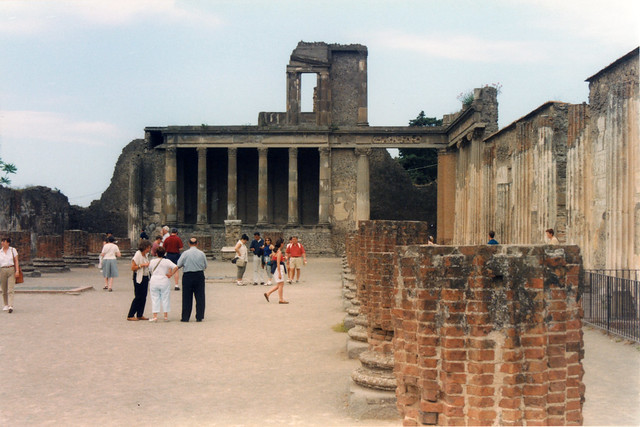
Persons interested in connecting with the Roman period in Britain, particularly the Antonine Wall and Hadrian's Wall, are advised to refer to Visitors' Guide to Scotland the ISBN of which is 978-1-9161332-0-4.
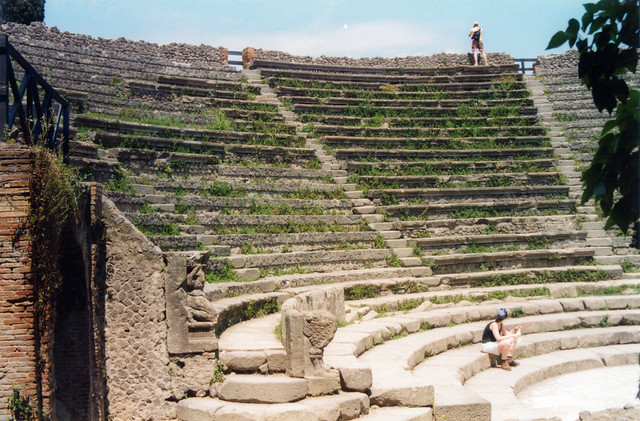


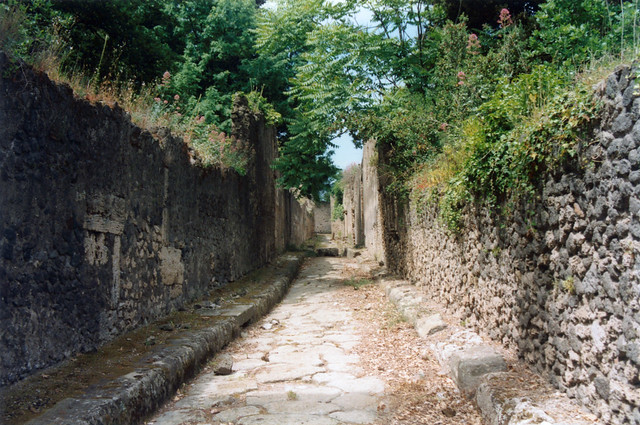
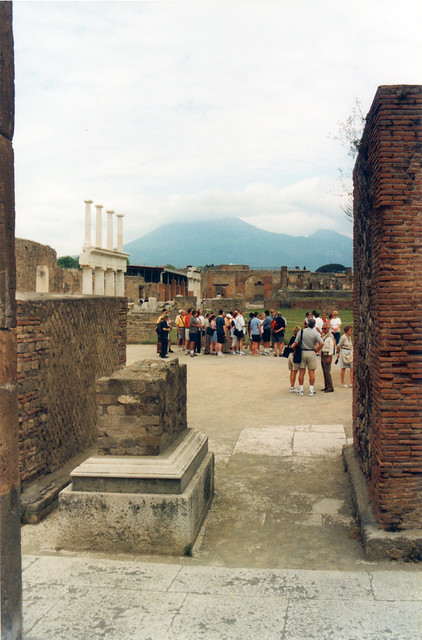
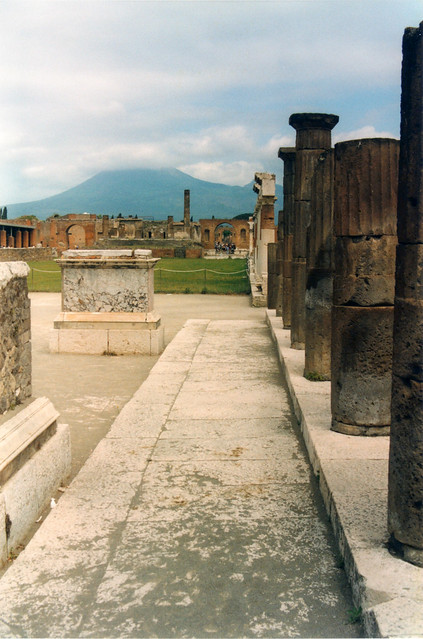

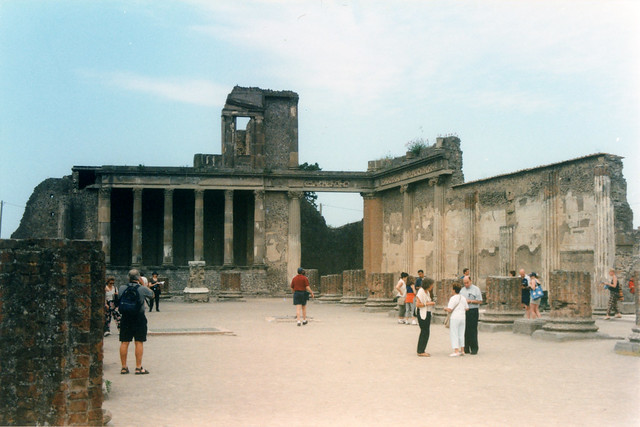
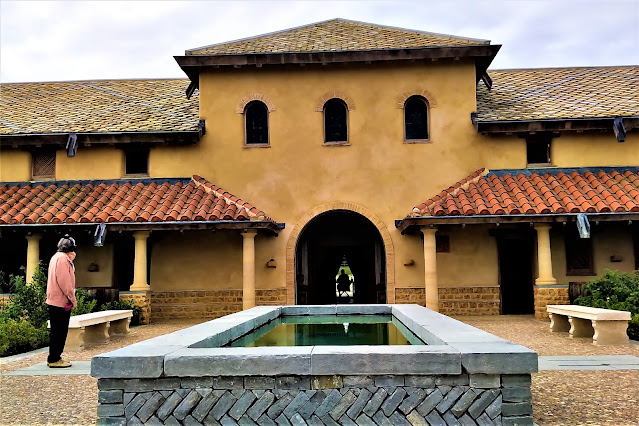
Comments
Post a Comment